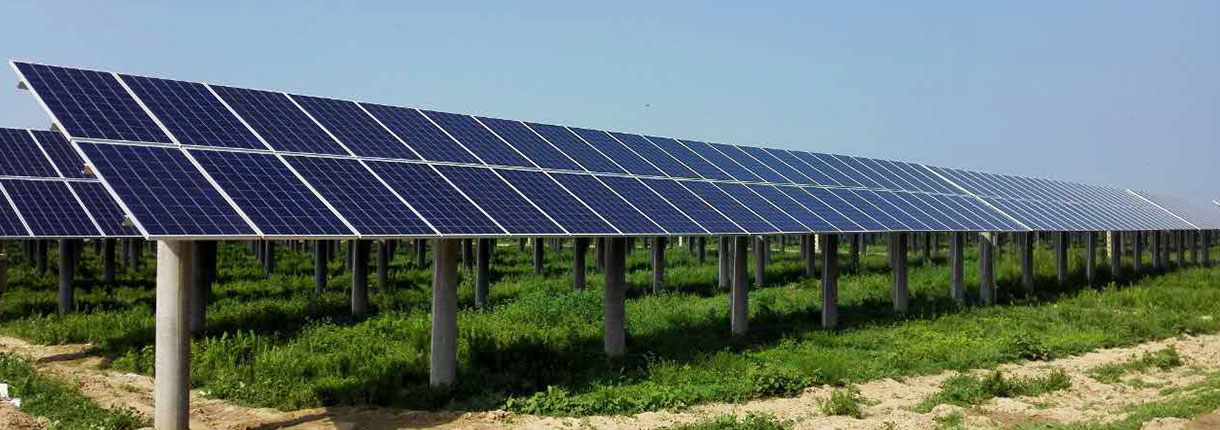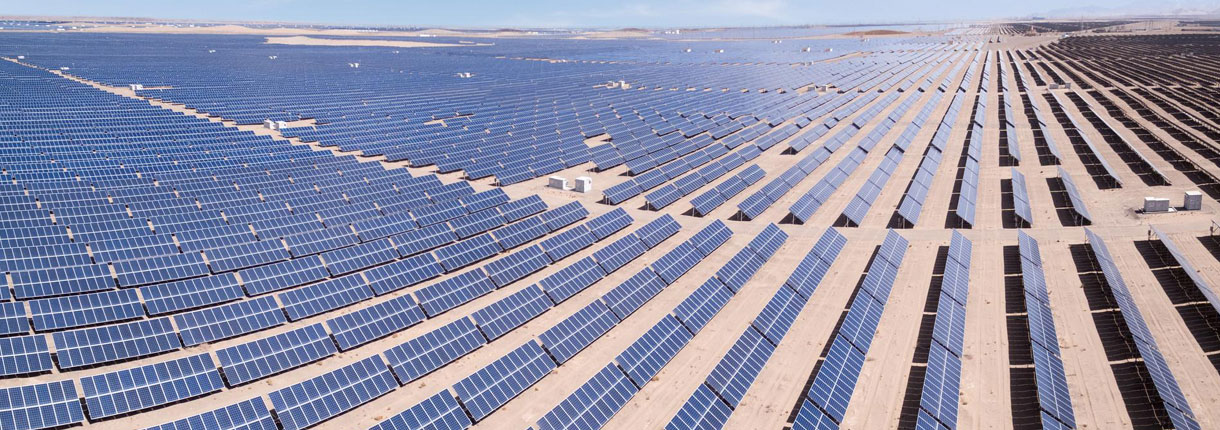Installation method: distributed ground large-scale photovoltaic support system
Material quality: hot-dip galvanized / zinc-aluminum-magnesium / weathering steel Place of
Origin: Tianjin·Jinghai
Distributed photovoltaic power generation refers specifically to photovoltaic power generation facilities that are built near the user site and operate on the user side for self-generated and self-use, surplus power is connected to the Internet, and balance adjustment in the power distribution system. Distributed photovoltaic power generation follows the principles of adapting measures to local conditions, clean and efficient, decentralized layout, and nearby utilization, and makes full use of local solar resources to replace and reduce fossil energy consumption.
Distributed photovoltaic power generation specifically refers to a distributed power generation system that uses photovoltaic components to directly convert solar energy into electrical energy. It is a new type of power generation and comprehensive energy utilization method with broad development prospects. It advocates the principles of nearby power generation, nearby grid connection, nearby conversion, and nearby use. It can not only effectively increase the power generation of photovoltaic power plants of the same scale, but also Effectively solve the problem of power loss in boosting and long-distance transportation.
The most widely used distributed photovoltaic power generation system is a photovoltaic power generation project built on the roof of urban buildings. Such projects must be connected to the public power grid, and together with the public power grid, supply power to nearby users.
The basic equipment of a distributed photovoltaic power generation system includes photovoltaic cell components, photovoltaic square array brackets, DC combiner boxes, DC power distribution cabinets, grid-connected inverters, AC power distribution cabinets and other equipment, as well as power supply system monitoring devices and environmental monitoring Device. Its operating mode is that under the condition of solar radiation, the solar cell module array of the photovoltaic power generation system converts the output electric energy from the solar energy, and sends it to the DC distribution cabinet through the DC combiner box, and is inverted by the grid-connected inverter into AC power supply. The building's own load, surplus or insufficient power is adjusted by connecting to the grid.
Features
The systems are independent of each other and can be controlled by themselves to avoid large-scale power outages with high safety;
Make up for the lack of stability of the large power grid, and continue to supply power when accidents occur, becoming an indispensable and important supplement to centralized power supply;
It can monitor the quality and performance of regional power in real time, which is very suitable for supplying electricity to residents in rural, pastoral areas, mountainous areas, developing large, medium and small cities or commercial districts, greatly reducing the pressure on environmental protection;
Low power transmission and distribution losses, or even none, no need to build distribution stations, reducing or avoiding additional power transmission and distribution costs, and low civil and installation costs;
Good peak shaving performance and simple operation;
Since there are few systems involved in the operation, the start and stop are fast, and it is easy to realize fully automatic.

Distributed photovoltaic power generation has the following characteristics:
One is that the output power is relatively small. Generally speaking, the capacity of a distributed photovoltaic power generation project is within several kilowatts. Unlike centralized power stations, the size of photovoltaic power plants has little effect on power generation efficiency, so the impact on its economy is also very small. The return on investment of small photovoltaic systems is not lower than that of large ones.
The second is low pollution and outstanding environmental protection benefits. Distributed photovoltaic power generation projects have no noise and no pollution to air and water during the power generation process.
The third is to ease the local power shortage to a certain extent. However, the energy density of distributed photovoltaic power generation is relatively low. The power of distributed photovoltaic power generation system per square meter is only about 100 watts. In addition, the roof area of buildings suitable for installing photovoltaic modules is limited, which cannot fundamentally solve the problem of electricity shortage. . Fourth, the coexistence of electricity generation and electricity consumption. Large-scale ground power station power generation is step-up connected to the transmission grid and only operates as a power station; while distributed photovoltaic power generation is connected to the distribution network, power generation and electricity coexist, and it is required to be absorbed as much as possible on the spot.


